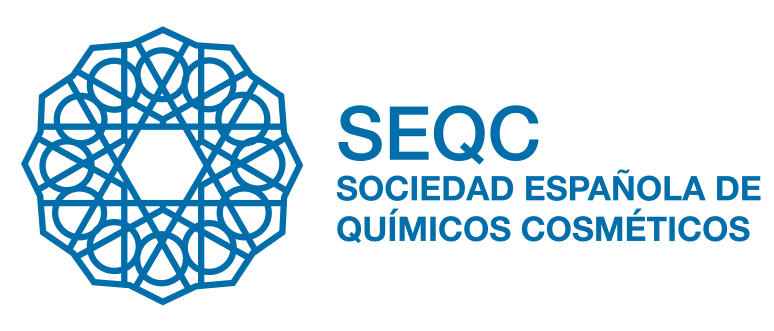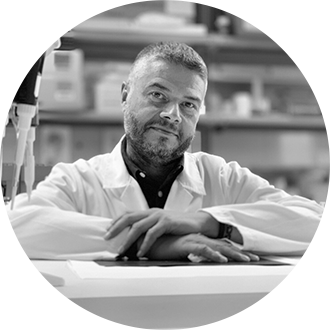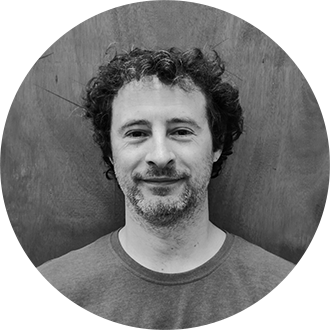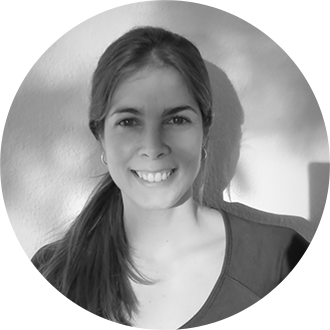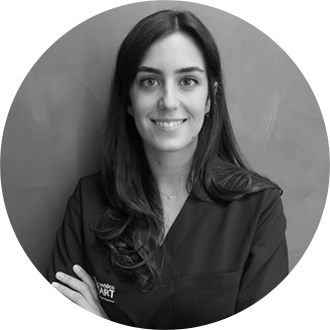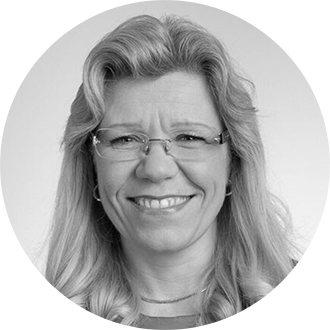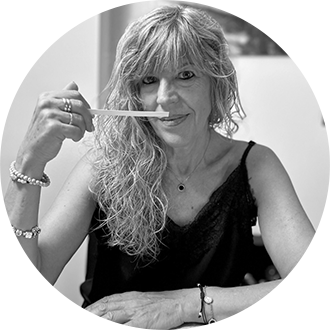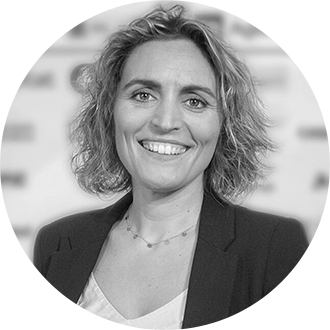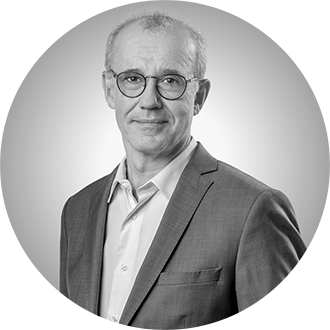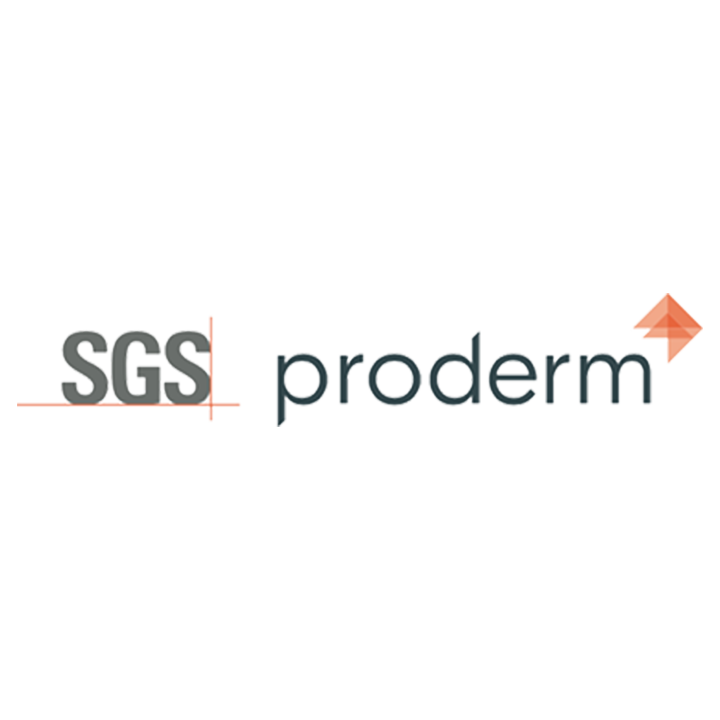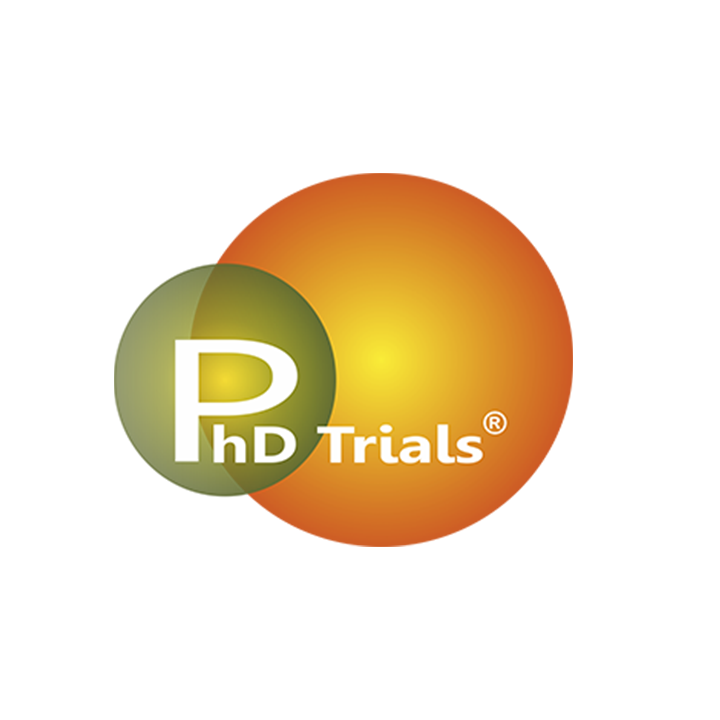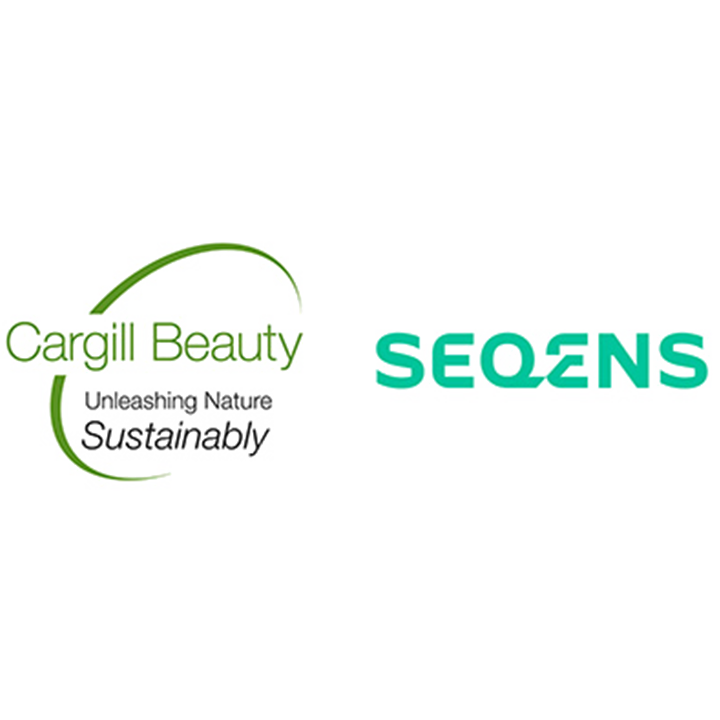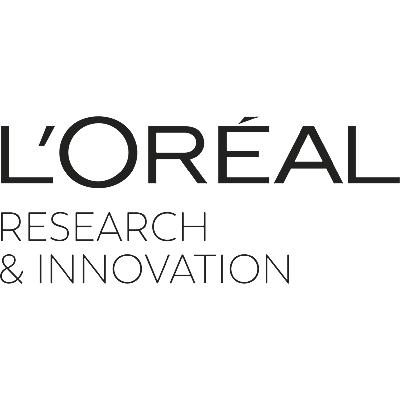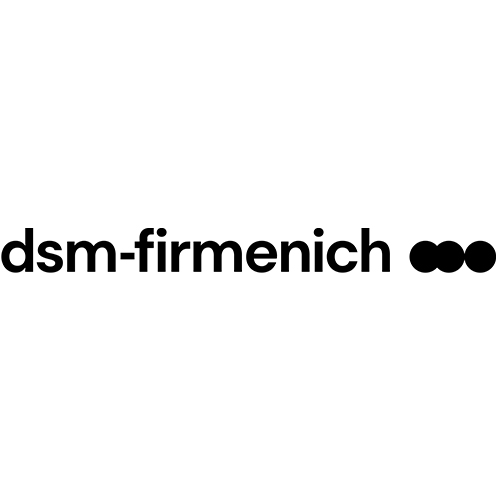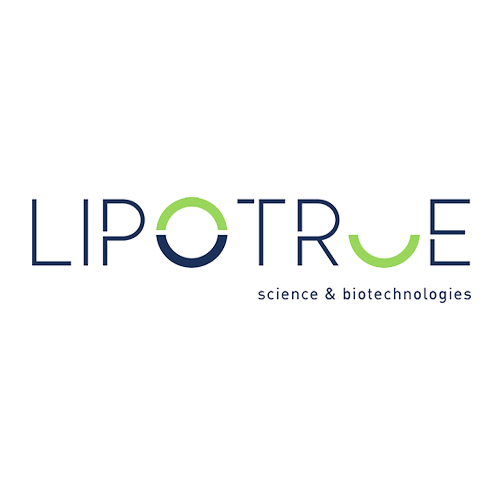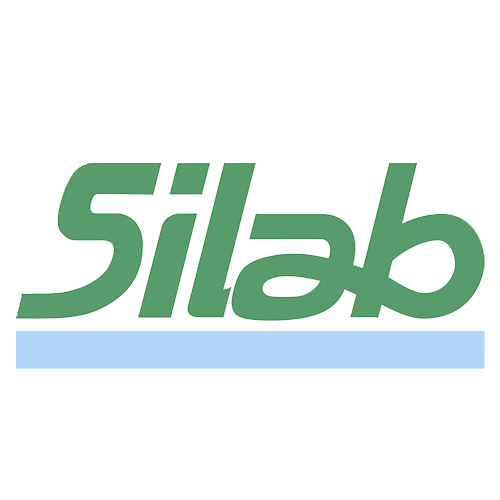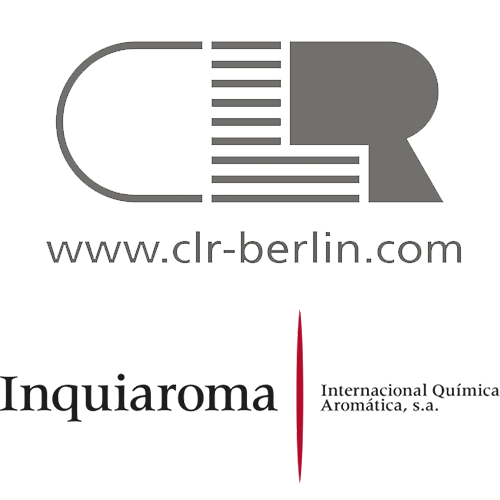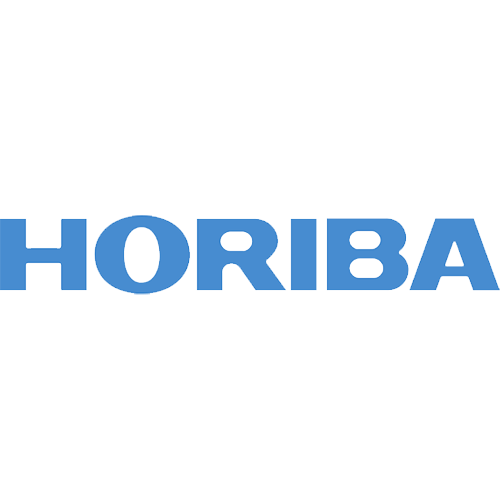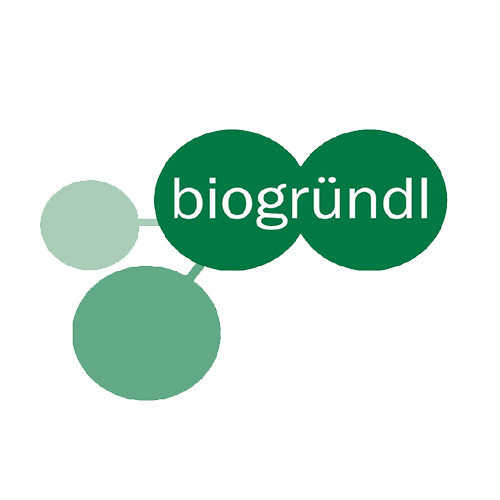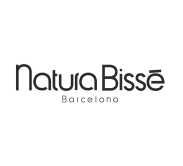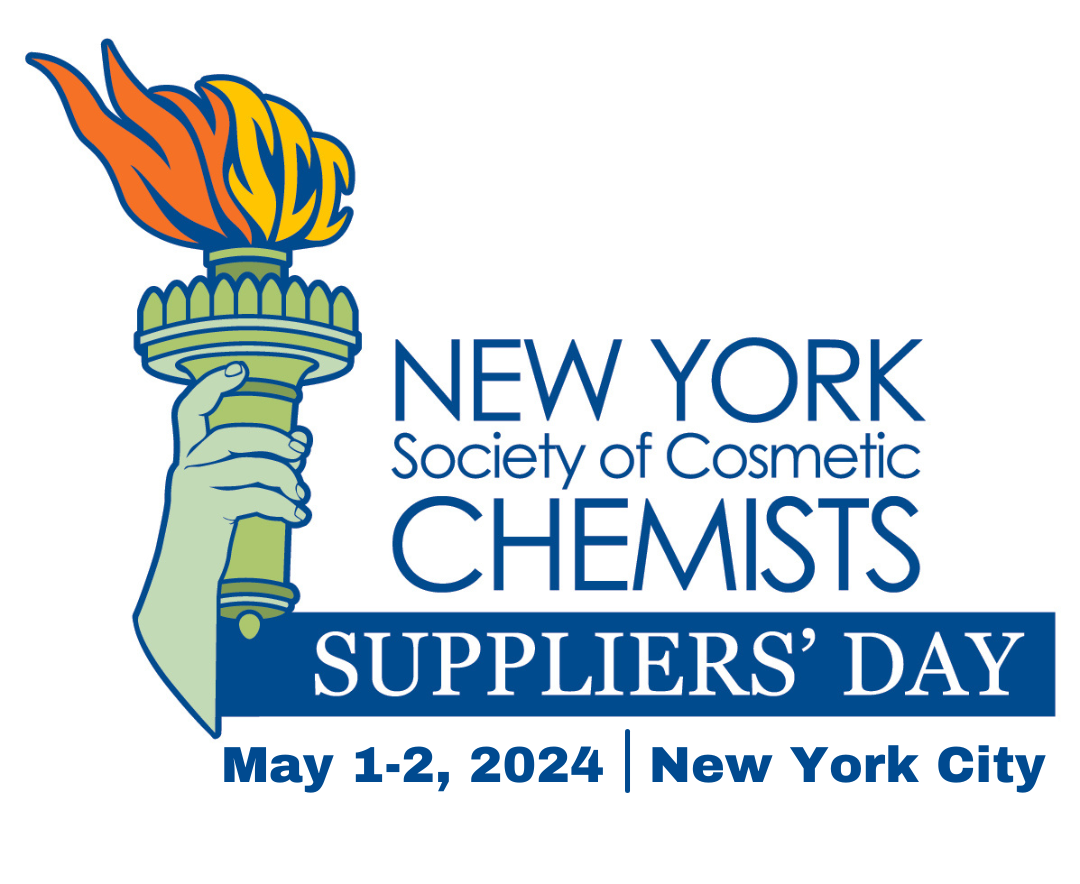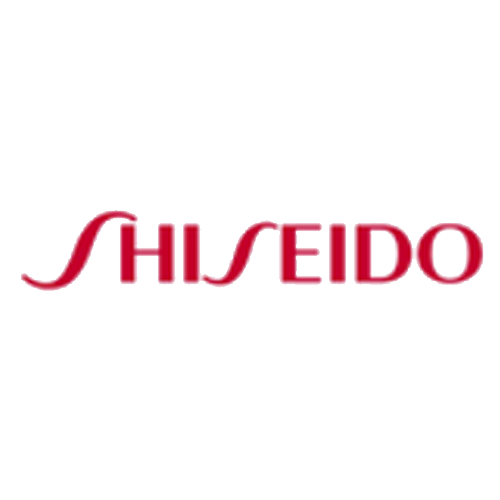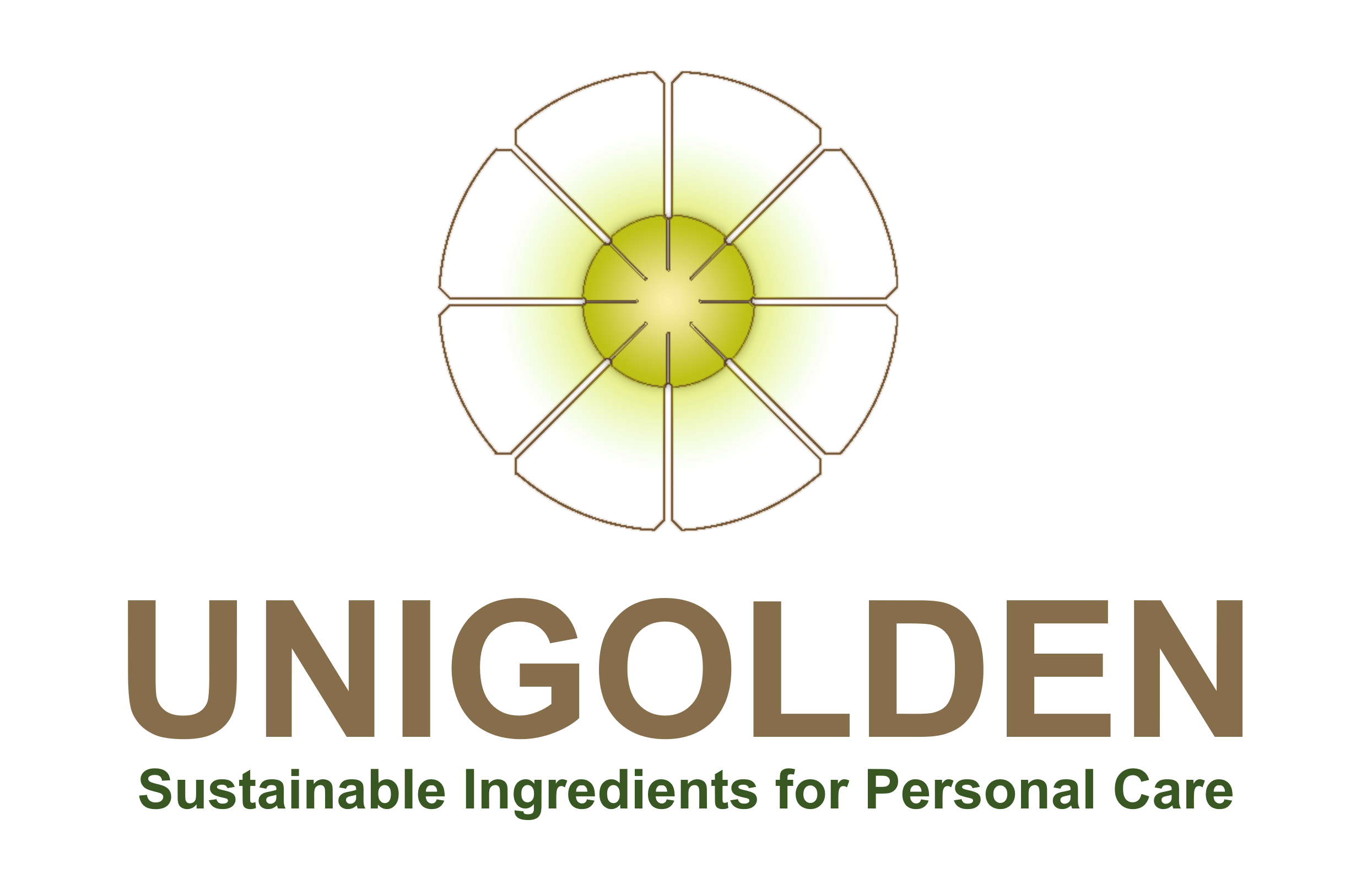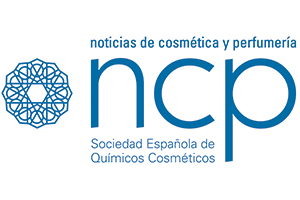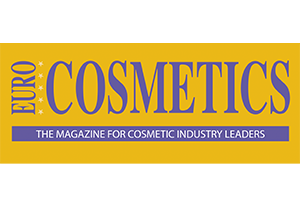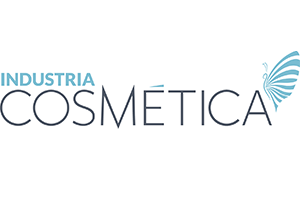Educational workshops
If you are viewing this page on your mobile phone, please turn your screen to see the full table.
Workshops Summary
| 8:00-10:00 | WORKSHOP 1 | WORKSHOP 3 - part 1 | WORKSHOP 5 |
|
| 10:30-13:30 | WORKSHOP 2 | WORKSHOP 3 - part 2 | WORKSHOP 4 | WORKSHOP 6 |
Latest updates on cosmetic regulations.
Monday September 4th, 8:00-10:00
An overview of the current discussions at the European Commission to review the Cosmetics Products Regulations, and the impact that changes may have on the cosmetic industry.
Update on EU cosmetics regulation.
Dr. Gerald Renner (Director of Technical Regulatory Affairs, Cosmetics Europe)
The EU Chemicals Strategy for Sustainability has triggered a fundamental revision of the EU Cosmetic Products Regulation. Possible areas of change include: (1) an extension of hazard-based bans from CMR substances to other ‘substances of most concern’, (2) introduction of additional safety margins in ingredient safety assessments, (3) an updated definition of ‘nanomaterials’, (4) a new organization and management of the Scientific Committee for Consumer Safety, and (5) reflections on the introduction of digital labeling.
Overview of regulatory developments on cosmetic ingredients.
Dr. Pilar García (Technical Director, Spanish Cosmetics, Toiletry and Perfumery Association-STANPA)
Ingredient safety remains one of the main challenges for the cosmetic industry. This session will provide an overview of the state-of-the-art of cosmetic ingredients that are currently in the European Commission’s line of sight, such as nanomaterials, CMRs, endocrine disruptors and others, with details on the progress of the work and the precise timeline of what remains to come in regulatory terms.
Cosmetic safety assessment for human health and the environment: current challenges.
Monday September 4th, 10:30-13:30
An insight into the progress on the different approaches currently ongoing to overcome the challenges that safety assessment of cosmetic ingredients and formulas is facing, from human and environmental perspective.
Using next generation risk assessment to make safety decisions for cosmetic ingredients.
Dr. Matthew Dent (Toxicologist, Unilever Safety Environmental Assurance Centre)
Next generation risk assessment (NGRA) is exposure-led, hypothesis driven, and designed to prevent harm. The principles underpinning NGRA for cosmetic ingredients have been described by the International Cooperation on Cosmetics Regulation, and several tools are available to conduct such an assessment. These range from exposure-based waiving and read across to in silico and in vitro approaches. This talk will focus on work being conducted to progress ab initio NGRA for systemic toxicity, where exposures exceed the threshold of toxicological concern and there are no structural analogues with existing data. In this type of assessment, measures of bioactivity generated using a broad suite of in vitro approaches are compared with internal exposure estimates made using physiologically-based kinetic models. Examples will be given to help put the resulting bioactivity:exposure ratios (BERs) into context for robust and pragmatic decision making.
Is TTC application a realistic proposal for safe and animal free cosmetics?
Dr. Vera Rogiers (In Vitro Toxicology and Dermato-Cosmetology (IVTD), Vrije Universiteit Brussel)
The Threshold of Toxicological Concern (TTC) is a risk assessment tool, establishing human exposure threshold values for chemicals below which there is a very low probability of risk of systemic adverse effects to human health. It is applicable for compounds for which chemical structure and exposure data are available, but no toxicity data. Substances are grouped into three Cramer classes of which only Class I (46 μg/kg bw/d) and Class III (2.3 μg/kg bw/d) are accepted by the Scientific Committee on Consumer Safety (SCCS/1628/21). For compounds with a genotoxic alert a threshold value of 0.0025 µg/kg bw/d is set. TTC is applicable on a case-by-case basis for impurities or added substances. TTC gained importance for cosmetic ingredients seen the testing and marketing bans in the EU. In the Next Generation Risk Assessment workflow (taken up in the SCCS Notes of Guidance), TTC offers an exit in tiers 0 and 1.
NAM’s to evaluate environmental safety.
Dr. Véronique Poulsen (Head of Environmental Safety Department, L’Oréal)
Due to increasing environmental concerns, local regional regulations are put in place. In Europe, within the European Green Deal, the Chemicals Strategy for Sustainability (CSS) sets the objective of a Toxic-Free Environment by substituting substances having a chronic effect for human health or the environment. New environmental hazard categories will therefore be added to the existing ones, e.g. endocrine disruptors or PMT (Persistent, Mobile and Toxic) substances.
The industry will need to fulfil new requirements linked to these new categories, keeping in mind that the cosmetic industry should ensure that its ingredients are not harmful for living organisms without tests on vertebrates.
L’Oréal and ICCS (International Collaboration on Cosmetics Safety) are actively involved in the method development to better assess and reduce the environmental impact of our ingredients and formulas, e.g. to assess the potential endocrine activity or the bioaccumulation of cosmetic ingredients.
A journey across the world of fragrances: understand, experiment, and innovate.
Monday September 4th, 08:00-13:30
Understand the world of scents, from how are they detected by humans and been used through history to the different olfactory pyramids. Experiment with scents in an interactive workshop. Innovate by rethinking the fragrances world through the vision of a leader in the field.
Biases in olfactory tests for humans: a proposal to optimize the choice of odors in olfactory tests.
Dr. Eduardo Weruaga Prieto (Cellular Biology and Pathology Department, Faculty of Biology, University of Salamanca)
Human olfactory tests are based on the identification of “several” odors. The main drawbacks for their clinical use are excessive duration or subjectivity in the collection of fragrances, chosen for cultural or unknown reasons. This requires local validations and, in many cases, the addition of new odorants.
We present a new olfactory test based on previous studies on which odors humans can detect and name. They are classified into 10 groups using collective semantic descriptors and a powerful multivariate statistical procedure; we believe that this classification of odors minimizes subjective bias in their selection. The test consists of 10 markers filled with a characteristic odor from each of the groups, which means a much smaller – and faster – number of stimuli to evaluate. Like other tests, this method avoids possible contagion among study subjects (a mandatory protocol after The Pandemic) and is easily marketable.
A journey across the world of scent.
Ms. Dolors Fargas Pujantell (Marketing Manager EMSA-Esencias Moles S.A.)
The purpose of this presentation is for attendees to enter the world of perfumes, going through its history and its different forms, uses and symbolism.
Afterwards, we will discover how the sense of smell works, the importance of olfactory memory and how our life is also a collection of olfactory inputs. Then, we will go deeper into the perfumer’s palette: the origin of aromatic substances and how perfumes are structured in olfactory pyramids. Finally, the main part: an interactive workshop with the main olfactory families and accords.
Reimagining fragrances.
Ms. Camila Tomas (VP Innovation & Technology, Puig)
What if you could see smells?
What if you could teletransport perfumes?
What if you could develop your own scent – out of 16 billion possible combinations?
What if you could bring arch-enemies around the same table to think how to elevate the perfume experience for future generations?
Puig is leading this revolution, powered by technology.
Puig has developed an ecosystem of technologies with the objective to bring the world of scents closer to people, by creating a new common, easy-to-understand and visual language, which provides insight into the ‘métier’ of perfumery… and much more.
Sustainable packaging.
Monday September 4th, 10:30-12:30
The cosmetic industry is currently considering the impact of its business operations on the future of the planet, and different strategies are being implemented to lower such impact throughout its entire supply chain—from raw ingredient sourcing to sustainable beauty packaging. Best practices for improving sustainability of cosmetic packaging will be discussed.
Circular economy strategies for cosmetic packaging.
Ms. Marta Escamilla (Sustainability Area Management. Circular Economy Department. Leitat)
How to apply circular economy to cosmetic packaging, considering Eco-design criteria at the very first stage of the packaging concept.
There will be an overview of trending materials (recyclable, bio-based, monomaterial, etc.) sustainable production processes (energy efficiency, resources minimization, zero waste etc.) and recycling methods (pre-treatment, chemical, sensors, etc.)
Not only technological, but also non-tech initiatives will be presented regarding, for instance, successful reuse experiences and the application of Circular Business Models along the cosmetics value chain.
The second part will focus on specific strategies and projects actually going on, where the examples explained in the first part will be shown.
Details of the barriers and opportunities encounter by real companies across the world will be given to encourage the audience.
Sustainable packaging: a holistic research approach from better materials to customer use.
Mr. Gilles Baudin (Global Head of Packaging Science, L’Oréal)
In an environmental emergency context, cosmetic industry should be engaged in a transition that changes how product are developed. Sustainable development is a global approach that concerns all stages of the product life cycle including packaging. To reduce cosmetic product footprint, and preserve natural resources, research packaging teams are working on 3 major pillars: the 3R pillars for responsible packaging design: Reduce, Replace and Recycle.
The presentation will focus on Replace stake, targeting 100% non-fossil plastic packaging, and expose the different scientific routes, challenges and timelines: advanced technologies to reinvent better plastics from waste, revolution in paper to enhance its performances, creation of unbreakable and less energy-consuming glass. This will show how Packaging Science research allows innovation in this field, supporting the development of new outstanding technologies and creating new eco-systems to preserve product performance and eco-desirability from materials to consumer, easing circularity and resources preservation.
Science-driven trends in the cosmetic field.
Monday September 4th, 8:00-10:00
Trends that are shaping the cosmetic industry are also backed up with science. Learn how RNA-based technologies allow better understanding of the aging process, how fermentation and upcycling help achieve a more sustainable industry, and why the cosmetic industry is embracing diversity with a focus on ethnicity.
Fermented beauty: new challenges in microorganism-based cosmetics.
Dr. Pere Picart Faiget (Microbiology Section, Department of Biology, Healthcare and Environment, Faculty of Pharmacy and Food Sciences, University of Barcelona)
Terpenoids are natural compounds with very different chemical structures widely used in applications such as pharmaceuticals, cosmetics, flavors and fragrances, or biofuels. Extraction of these compounds from plants or chemical synthesis is often technically challenging with low or moderate yields. Instead, the biotechnological production of terpenoids using bacteria offers a sustainable and environment-friendly alternative starting from simple carbon sources, yielding high product specificity, mild process conditions, and the possibility to generate products considered natural. Among microbial production hosts, Bacillus subtilis is a generally recognized as safe organism, high growth rate, ease to genetically manipulate and to cultivate with a wide substrate range. Here, we show the biotechnological production of diaponeurosporene, a yellow carotenoid with high antioxidant activity, by using B. subtilis, thus highlighting the potential of this bacterium to become an interesting platform for the industrial production of terpenoids in the future.
The beauty of upcycling.
Dr. Amparo Jiménez Quero (KTH, Royal Institute of Technology)
Algal biomass is massively produced (over 36Mt/year worldwide) but at the same time underexploited. Vast amount of waste is generated by the algal industries (up to 95% of the initial biomass in some cases). Through a cascade biorefinery approach this waste material can be transformed into high-value products. By developing a new green biorefinery concept, ingredients with health and functional benefits can be extracted to produce new high added value products with a neutral environmental impact. These products are intended for food ingredients, protein rich feed and cosmetic formulations.
The decade of RNA: future technology in skin research and aging.
Dr. Helena Covelo Molares (Dr. Diana Guallar laboratory, Epitranscriptomics & Ageing Lab, University of Santiago de Compostela)
Ageing is characterized by a progressive loss of fitness, but its molecular causes are still puzzling modern researchers. With age, our tissues alter gene expression and function and lose homeostasis capacity. Skin acts as the first barrier against external insults and dermal fibroblasts play key roles in wound healing, which converts this cell type in an excellent model for the study of ageing at the cellular level. RNA molecules carry more than 170 chemical modifications (a.k.a. the epitranscriptome) which act as potent modulators of RNA function and, as a result, of cellular physiology. Our group is interested in investigating whether RNA modifications contribute to the cellular decline observed during ageing, using dermal fibroblasts as a model.
Globalization: cosmetic science approach to ethnicity & diversity.
Dr. Ana Rodríguez-Villa Lario (Dermatologist, Ricart Medical Institute)
Concerning aging, there are similarities and differences in anatomy and treatment preferences of patients from a variety of ethnic and racial backgrounds. There are numerous gaps and myths concerning facial aesthetic treatment among these individuals that may influence in the treatment selection and in their relationship with aesthetic medicine and applied cosmetics. In addition, there are evolving standards of beauty and cultural preferences for skin tones. The use of certain rituals, such as bleaching, are more common practices in this population. Likewise, the use of hair straightening agents is a common practice. Some of these procedures and/or chemical agents used during these procedures may pose a risk to the patient’s health.
Food supplements and skin: benefits and regulatory aspects.
Monday September 4th, 10:30-12:30
The global beauty ingestible market size is expected to grow two digits this decade, as consumers are taking a well-aging approach that may include the intake of food supplements for beauty purposes. Which is the scientific background behind food supplements, how to best deliver them, and their regulatory framework in Europe will be reviewed.
Food supplements and skin health.
Dr. Gemma Casadevall (CEO at Nutraresearch S.L. and Assistant Professor, Pharmaceutical Technology, Faculty of Pharmacy, University of Barcelona)
Food supplements specifically formulated to provide beauty benefits “from within” have become a breakthrough in the field. If they are specifically formulated to deliver the right ingredients and can be beneficial to support self-care from inside-out. Latest trends, and exigent consumers are appreciating the link between skin, hair & nails health. Moreover, literature shows correlation among the gut microbiota, emotional state, and skin health.
Therefore, there is a need to understand and design successful products (collagens, vitamins, sebum regulation/pigmentation/hair products, etc.) with scientific background. We will show how formulation technology is a must to deliver our carefully selected ingredients, trough the oral route, in such a dosage form, that can guarantee optimal time and place of action. With the perfect marriage of ingredients designed under the right dosage form food supplements have a path of success and a clear link with topical products that have exponential benefits for maintaining skin health.
Food supplements regulation in EU.
Ms. Celia Guadaña Buigues (Regulatory & Labeling Manager, Food Compliance Solution, Mérieux NutriSciences)
Food Supplements have a specific regulatory framework different from current foods and medicines, which is not fully harmonized between the EU, and therefore it makes it difficult to understand the legal situation of a product when it is commercialized in different countries. In this speech we will present the legislation in force in Europe, the difference between food supplement, current food, enriched food and medicine, which is not always clearly defined, the authorized nutritional and health claims related to skin which can be used in food supplements and the complex process of notification to the national health authorities, required for this kind of products.



